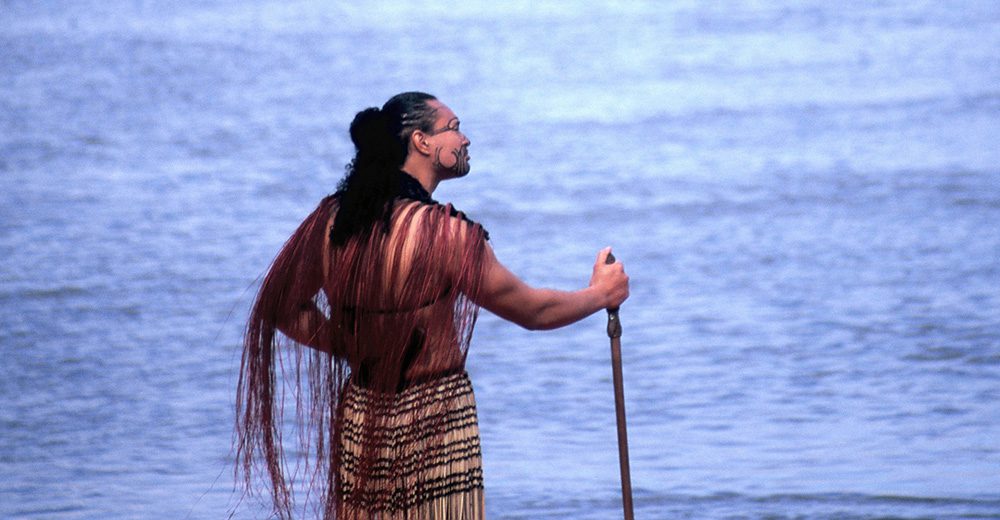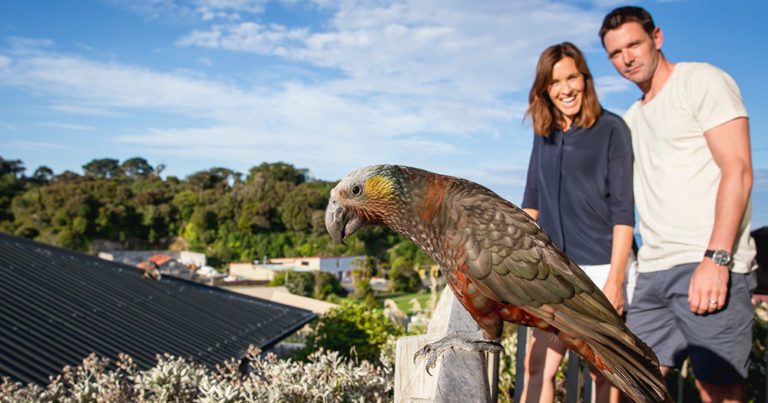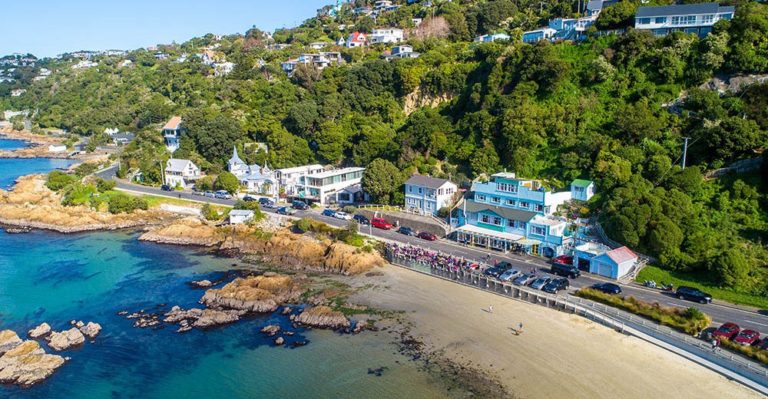Māori culture has pioneered cultural tourism within New Zealand. Māori roots are based within Eastern Polynesian culture, and their traditions form a distinctive part of New Zealand’s cultural identity.
The ahurea Māori (which is the Māori term for culture) finds prominence in the importance of family, spirituality, music and dance and a special relationship with the environment.
THE HISTORY OF THE MĀORI PEOPLE

Destination Northland
Māori are the indigenous people of New Zealand, with a rich and unique history. They first arrived in Aotearoa New Zealand in the early part of the 13th century after migrating from Polynesia. Over time they developed their own distinct culture, but parallels can still be seen with other traditional Polynesian cultures. They have created their own beautiful language, a spectacular mythology, and performance arts and crafts idiomatic of their polynesian ancestors.
Today, roughly 15% of New Zealand’s population are Māori. They are the second-largest ethnic group in the country after European New Zealanders (known as Pākehā).
THE HAKA

Credit: James Heremaia
Performing and creative arts of the Māori people make up a large part of Kiwi life today. Some of these arts have also become integrated within modern tourism, and they are globally recognised as being uniquely Māori. These include Haka, tā moko (traditional Māori tattoo) and, of course, the Māori language itself, Te Reo.
Haka is a form of dance, which derives from the Māori form of performing arts known as Kapa Haka. It was traditionally used to prepare oneself spiritually, physically and mentally for battle. Many people will of course recognise Haka as the traditional display made by Rugby Union players for New Zealand at the start of a game, before they battle it out on the field, but this impressive and powerful display also has many other uses within Māori society.
MĀORI TATTOOS

Credit: James Heremaia
Tā moko is the art of tattoo practiced by Māori, traditionally worn by people of high ranking among tribes, and therefore a right often inherited due to genealogy. In tradition society it is also worn by people with a form of higher learning, something Māori place high value on as a godly given gift and therefore warrants recognition. This form of body art, as the name suggests, is permanent and a large part of Māori culture. Tohunga-tā-Moko (the Māori tattoo artists), are considered tapu (sacred) within Māori communities. Receiving moko (a tattoo) commonly signifies a transition between childhood and adulthood, as is normally accompanied by other important rituals. It’s important to note that traditional moko is different from what we know as ‘tattooing’, as it involves carving grooves into the skin as opposed to piercing and staining the skins surface with ink. Nowadays, tā moko is applied using a tattoo machine, and the practice has experienced a revival since the early 90’s as a way of celebrating Māori culture.
MAORI TOURISM TODAY

Credit: James Heremaia
Māori people live and breathe their culture every day. While, like every culture, it has evolved over the years, it is still a huge part of life in New Zealand, and these traditions can be seen woven into everything they do. By incorporating their culture into their work with tourism, Māori are also able to share who they are with the world. For visitors, meeting with Māori people provides an insight into their cultural traditions and practices that are such a big part of everyday life in New Zealand.
ROTORUA

Credit: Fraser Clements
Rotorua is the heart of Māori tourism and has been since the days of European settlement and early fascination with this unique culture. It is a key site for many travellers and tourists, where you can engage in walking tours, wildlife encounters and take part in traditional cultural experiences in living Māori villages.
Other key Māori destinations include The Waitangi Treaty Grounds located in The Bay of Islands, the Wairakei Terraces in Lake Taupō and Māori tours in Kaikōura, located at the top of the South Island.
To discover more information on how to travel New Zealand visit Tourism New Zealand’s Travel Trade Page.
Written by Emily Hollings, a KARRYON contributor





